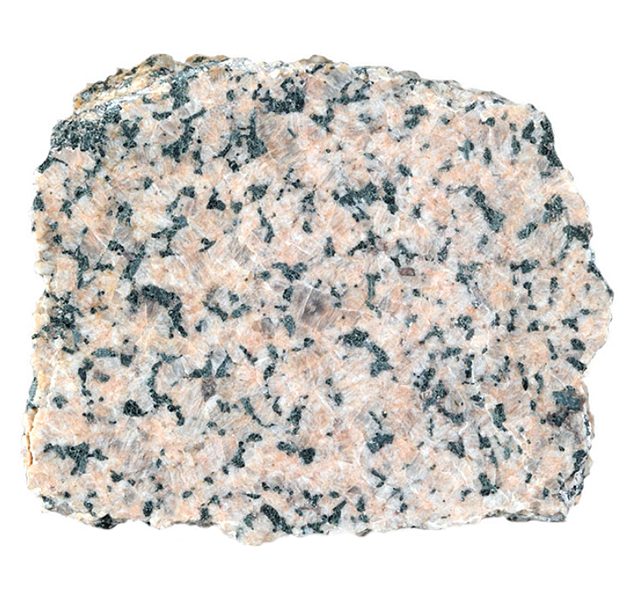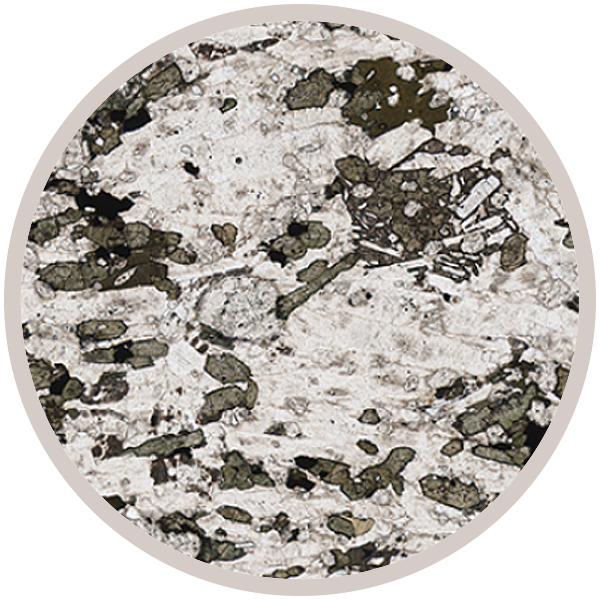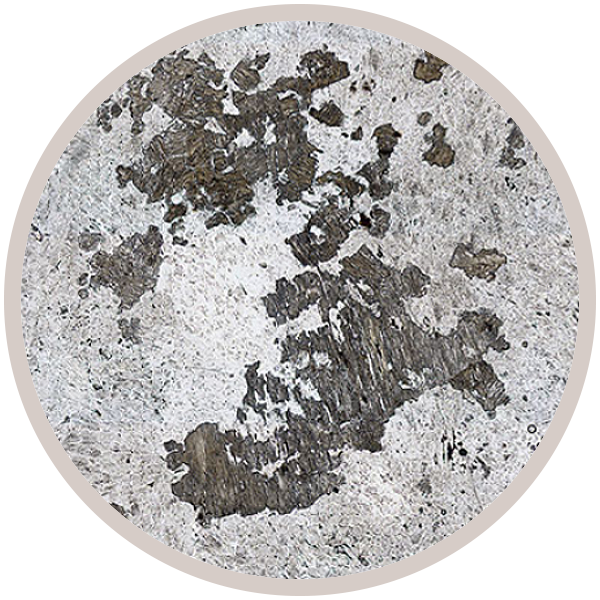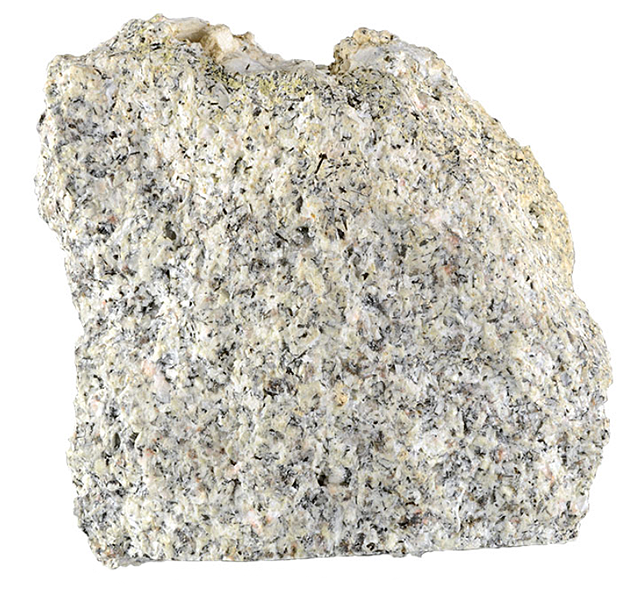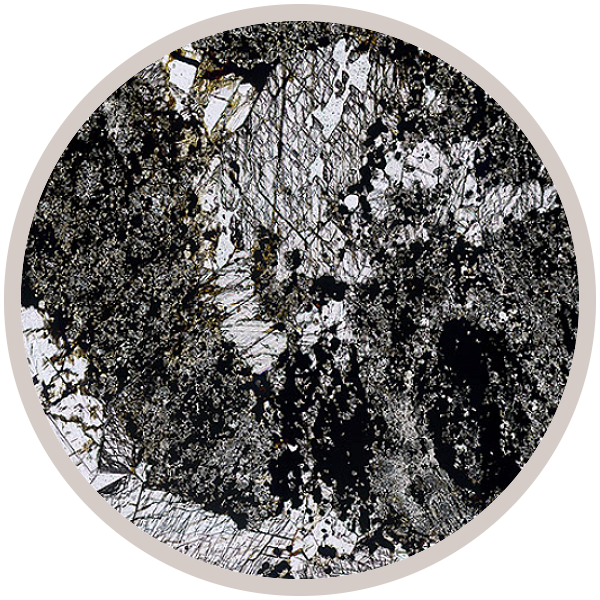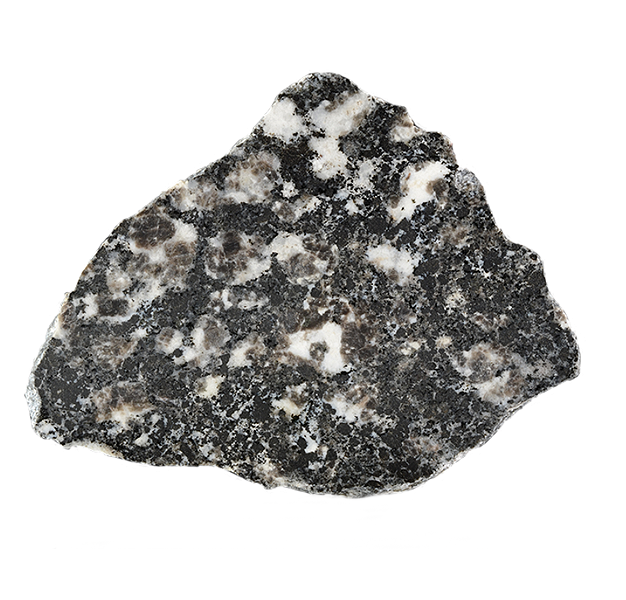
Fact sheet
This nepheline syenite sample comes from east of Ledbeg, Sutherland, Scotland, and is part of the Borralan intrusion which lies in the SW corner of the Assynt region bordered by the Moine Thrust zone. This intrusive complex is the only plutonic complex composed largely of silica-undersaturated (i.e. feldspathoid-bearing) igneous rocks in the British Isles. Several members of the Borralan suite of intrusion are exceptionally alkaline. It provides Britain's only example of truly ultra-potassic magmatism.
The Ilimaussaq alkaline complex is the type locality for agpaitic nepheline syenites and represents an enormous concentration of rare elements, notably Li, Be, Nb, Zr, REE, Y, Th and U. Around 220 mineral species have been identified. We can't identify all the minerals present in these samples. Email us at virtual-microscope@open.ac.uk if you can help.
Note we have recently expanded the collection to include other syenite complexes worldwide.
See also Alex Strekeisen's great website for more information on syenite complexes.
Sample details
More from this collection
